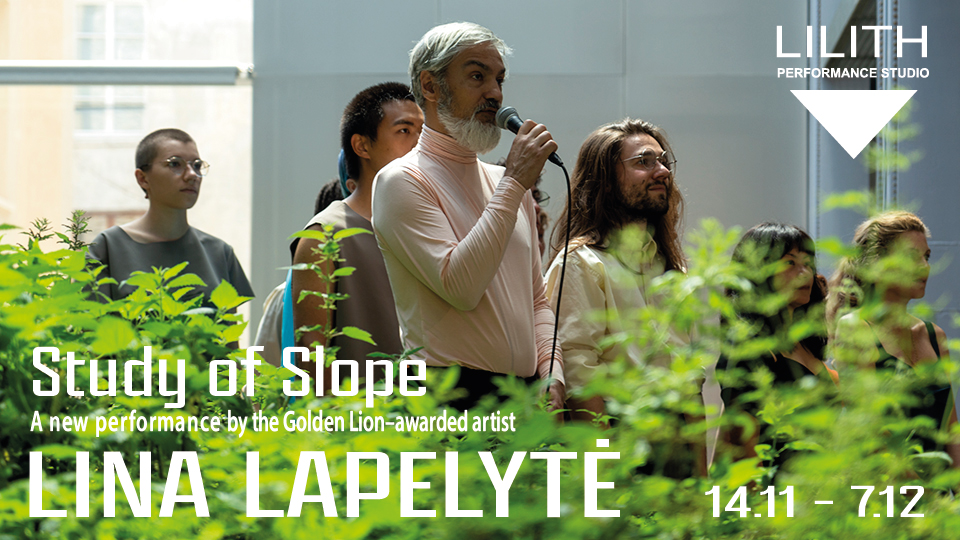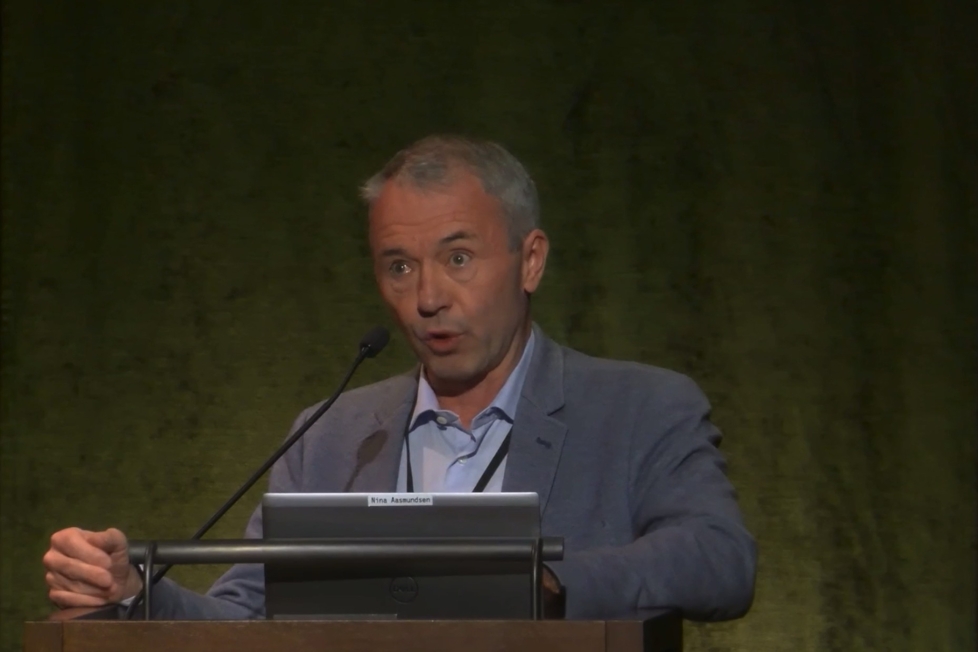
I have always viewed contemporary art as a battlefield made up of different conflicting visions and interpretations. Nav Haq appears to view it differently. In his reply to my review of the 2017 Gothenburg Biennial he writes as though his exhibition offered only one possible reading, which I, of course, have failed to grasp. This leads me to suspect that he believes that art criticism should function as an extended press release intended for passive consumption. I prefer instead to engage critically with both the curatorial intentions and the resulting exhibition, i.e. the divide between them, that he disregards.
Haq is concerned that I focus too exclusively on the religious dimensions of secularity. Yet it is here that he fails to see my point: secularity has developed into a new form of religion with its own codes, laws and taboos. It is a pity this has passed Haq by, because from this perspective he would perhaps have been able to offer new ways of appreciating secularity, as well as the possibilities of ‘ religions. What is more, he defends exhibiting caricatures of people of Jewish faith by saying he has been in dialogue with them. Where is this dialogue present? If Haq views secularity as “a space of negotiation,” why not render this aspect visible and accessible to the rest of us? Again, art is a battlefield, not a break room behind closed doors. It is a shame that an important topic such as this is reduced to something seemingly best dealt with over coffee.
Haq refers to Hannah Arendt’s definition of politics with the simple phrase “politics is how those who are different could live together in a community.” I object to this notion of “those who are different.” To whom does it imply in this context? Is not everyone ‘different’? He could have supplemented Arendt’s theory with Chantal Mouffe’s distinction between antagonistic and agonistic conflict, as well as between rational and irrational speech. I understand that Haq shies away from religious conflicts. He is afraid of conflict as such.
Furthermore, I now better understand Haq’s reason for not exhibiting “bad boys” such as Serrano and Vilks whose practices, according to Haq, “have been overshadowed by their banal iconoclasms.” This is a simplifying and depreciating way of reading their practices that mirrors a sensationalist and superficial media logic. As for the catalog discussion about John Latham, it is extremely obscure. Why did Haq agree to not include Latham’s series, God is Great, in the biennial? He criticises Tate’s censorship of the work, yet himself accepts the objections from GIBCA’s management. What were their objections? If this is such an important artwork, why did Haq not fight to show it? If Haq is truly interested in a dialogue about his exhibition, he must also create the discursive conditions for such a dialogue using works, forums for debate and a framework of questions that confronts the many-headed dimensions of secularity. Haq finds my review “facile” and wants to see an art criticism where “a discourse of the facile should be left at the front door.” Then he might consider making a biennial that dares, precisely, to leave the “facile at the front door.”








Göteborg International Biennial for Contemporary Art requires the reviewer to revisit the incorrect statement regarding the absence of a John Latham work from the series ”God Is Great” from the biennial.
The presentation of the John Latham work in discussion was not possible because the loan request was declined by the lender, not due to “objections from GIBCA’s management”.
No objections from the biennial organization regarding any curatorial input existed throughout the process and the biennial takes strong pride in its full implementation of the curatorial proposals for each edition.
We assure critics as well as journalists that the team of the Göteborg International Biennial for Contemporary Art is always open to provide information about its projects to facilitate informed reviews.